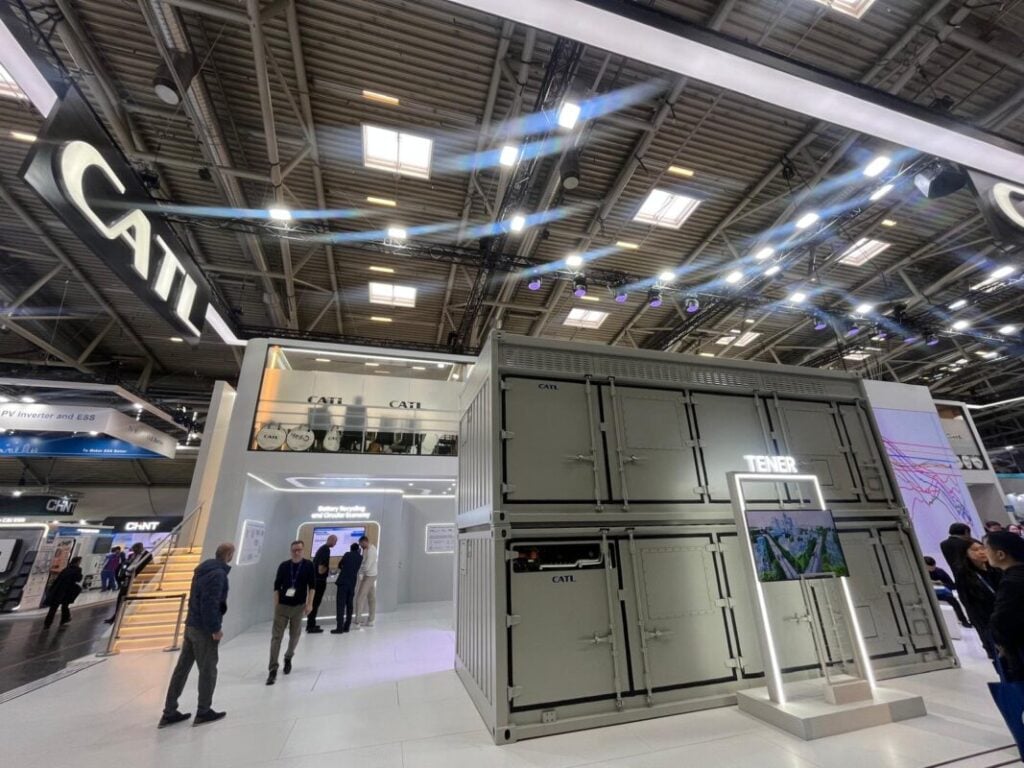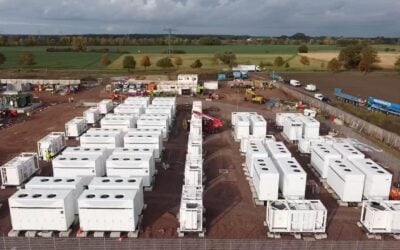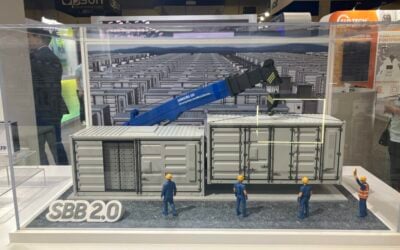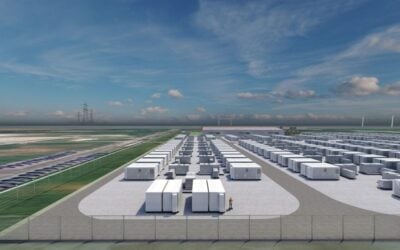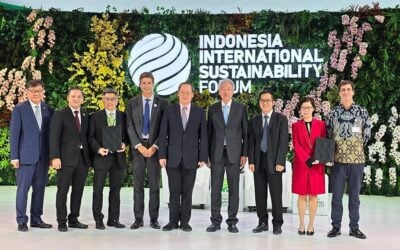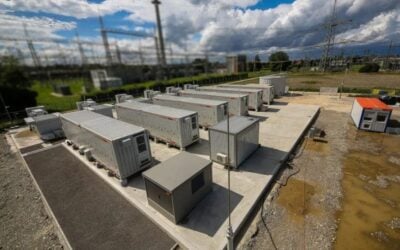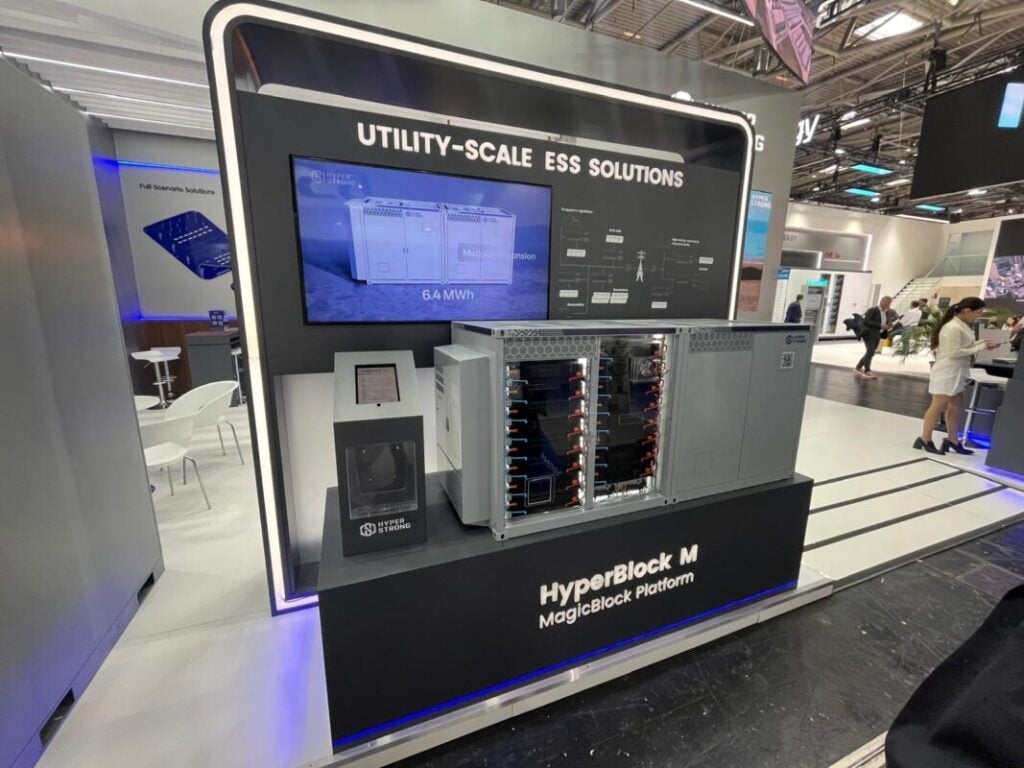
Recent product announcements from major BESS suppliers shows a divergence from the 20-foot container as the only viable form factor, in a reversal of the trend seen up until the same point a year ago.
A little under a year ago Energy-Storage.news looked at the reasons for a raft of new product announcements all designed around the 20-foot ISO container, 5MWh form factor. However, since then, including at this year’s ees Europe trade show in Munich, Germany (7-9 May), some new products have moved away from that product design.
CATL’s new Tener Stack BESS solution, covered by Energy-Storage.news yesterday, is 20-foot in footprint but is made up of two stacked shorter units totalling around 4m in total height to offer a capacity of 9MWh per 20-foot unit. It was revealed for the first time at ees Europe.
Hyperstrong, the largest system integrator in China and now expanding internationally, has launched a 10-foot product with an energy storage capacity of 3.2MWh, the Hyperblock M. It said the 24-tonne module weight supports maritime, land, and railway transportation. The company launched it in late 2024 but ees Europe was the first showcase for it in Europe.
Try Premium for just $1
- Full premium access for the first month at only $1
- Converts to an annual rate after 30 days unless cancelled
- Cancel anytime during the trial period
Premium Benefits
- Expert industry analysis and interviews
- Digital access to PV Tech Power journal
- Exclusive event discounts
Or get the full Premium subscription right away
Or continue reading this article for free
A few months ago Fluence launched its first AC block solution, with a modular design that, when put together, is slightly larger than a 20-foot container.
In fact the trend back to modular products after years of convergence to 20-foot was predicted last year by Marek Kubik, formerly of Fluence, now director of BESS in ENOWA, NEOM’s clean energy and water company.
Part of these launches are down to a divergence in the cell size that battery suppliers are offering, with the previous 20-foot-dominated generation of products all built around the 280Ah/314Ah cell size, whereas now many are going up to around 600Ah or even higher than 1000Ah.
The transformation in cell sizes could offer an opportunity to reinvent designs entirely, and the chairman of REPT Dr Cao Hui said having unique technology is important, which may go some way to explaining a diversification of product designs.
Speaking to Energy-Storage.news he said: “Everyone has their own opinion and tries to develop their technology the best, they can’t always copy each other. The IP is very important, if you just follow everybody else’s technology you might have problems.”
Another driver is that shifting to modular solutions like CATL, Fluence and Hyperstrong mean providers can offer ever-higher energy densities by footprint but get around the shipping restrictions they’d face by packing everything into the 20-foot container. Both CATL and Hyperstrong emphasise this aspect in their product’s descriptions.
As one source put it discussing the re-emergence of modular products: “I think people have come to the realisation that bigger is not always better.”
The 20-foot container product still appears to be the most popular choice for providers, with ees Europe product announcements from Envision, IPS, Saft and Powin sticking with that size, as covered by Energy-Storage.news. Envision and IPS’ are noteworthy for their energy densities of around 8MWh, on par with others we’ve seen within that container size.
This article was amended after publication to correct the capacity figure for Hyperstrong’s Hypercube M.
